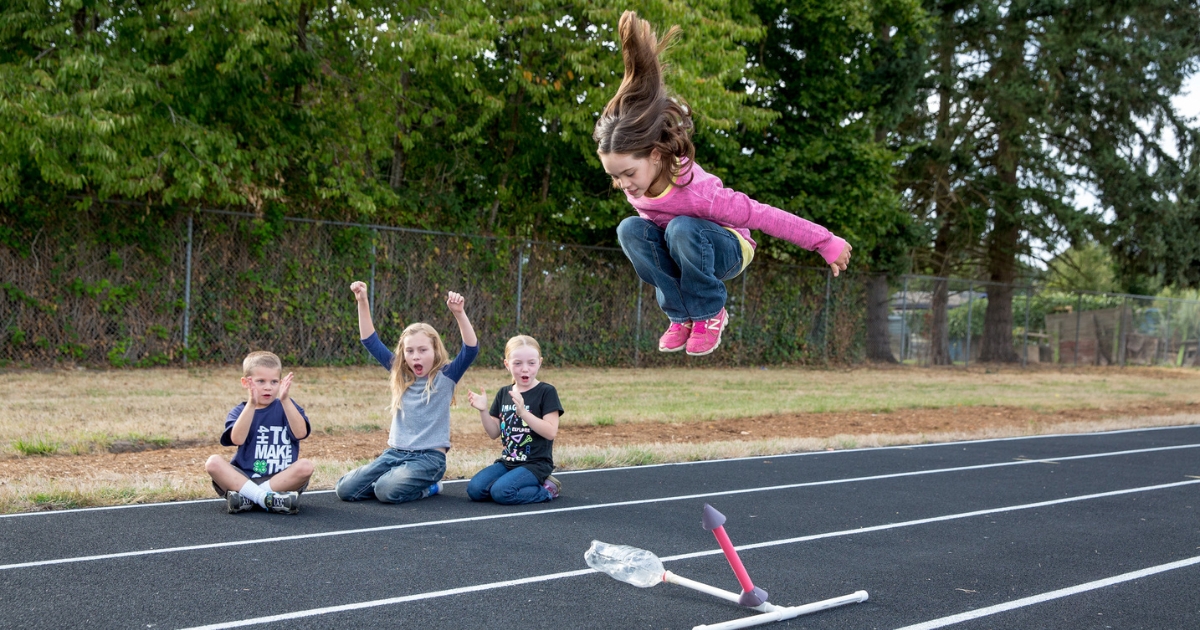
Category: Cooperative Extension

Building Future Leaders in 4-H Afterschool
October 03, 2023 Written by D’Aesha Fletcher, 4-H Afterschool Director
4-H Youth Development has been building upon its core values, the 4 “H’s”: Head, Heart, Hands, and Health, since 1902. It provides hands-on experiential learning education opportunities for youth ages 5 to 19 years of age through programming focusing on the three National 4-H mission mandates: STEAM, Civic Engagement/Leadership, and Healthy Living.
4-H has provided quality programming to our 4-H Afterschool youth partnerships in various school districts and community organizations throughout the state. These efforts extend the national mission of empowering youth to reach their full potential by bringing 4-H into the school setting and, ultimately, into our communities. Major components of the program include academic assistance, skill building, healthy lifestyle choices, hands-on enrichment activities, social-emotional learning, and family engagement.
Positive outcomes
Across Delaware, 4-H Afterschool programs have been shown to positively influence school attendance, academic performance, motivation, and behavior and overall encourage students to do well in school and beyond. These positive outcomes ultimately assist in increasing graduation rates. 4-H Afterschool also meets the needs of parents by providing a safe environment with qualified staff. Additionally, 4-H afterschool also meets the needs of school teachers by helping to strengthen and foster the love of lifelong learning in their students involved in afterschool programming. The 4-H program is well known for expanding knowledge in a variety of project areas while providing leadership and civic engagement opportunities for the youth involved. In our program, we strive to teach life and critical thinking skills that will be important to our students’ future lives as they move on to different grades and, eventually, college and careers.
The plethora of activities students participate in throughout the school year and in summer camp programs consists of STEAM, robotics, college/career readiness, drama, arts/crafts, dance, physical activity, healthy living, and nutrition. Additional activities include leadership, citizenship, intramurals, computer science, team building, public speaking, cooking, and many others. With the abundance of activities, the learning outcomes for 4-H Afterschool programming go beyond just academic enrichment. Our goal for participants is not only educational, but we also hope they gain leadership skills, build self-esteem, learn goal setting, foster empathy, problem solve, prepare for careers, improve social skills, embrace teamwork, develop responsibility and much more!
Celebrating impact
Currently, Delaware’s 4-H Afterschool programs serve nearly 500 youth in grades K-12 at programs in all three counties across the State of Delaware. Funding for our programs is supported by the Nita M. Lowey 21 Century Community Learning Centers Program (21 CCLC), the State of Delaware Department of Services for Children, Youth and their Families Division of Prevention and Behavioral Health, New Castle County Government, and the National 4-H Council National Mentoring Program through the Office of Juvenile Justice and Delinquency Prevention.
If you are looking for a 4-H Afterschool program in your county, please contact the following Delaware 4-H staff: New Castle: D’Aesha Fletcher (dhami@udel.edu), Kent County: Ray Taylor (jraytayl@udel.edu) and Sussex County: Kelly Sipple (kasipple@udel.edu).
